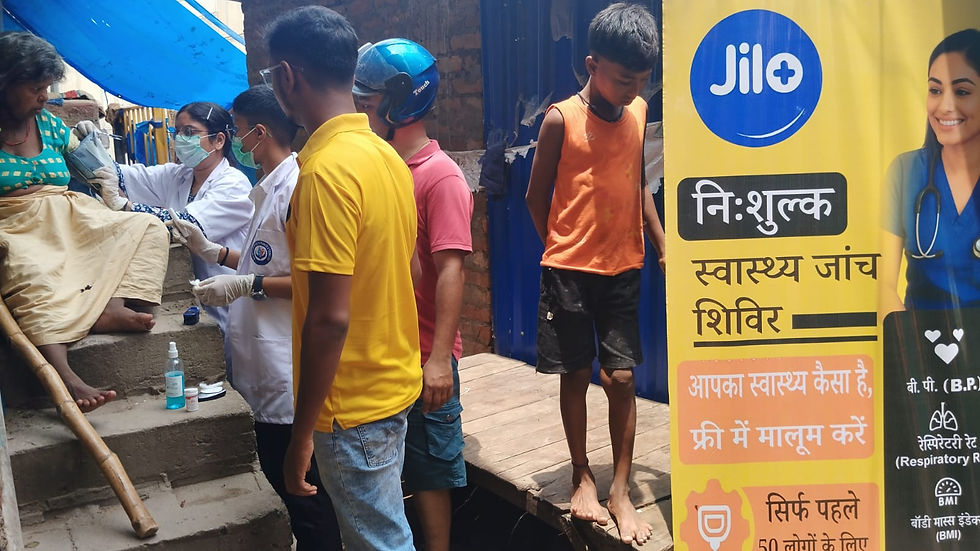India’s biggest contribution to the world will be an affordable Universal Quality healthcare systems
- Suman Jha
- Jul 28, 2024
- 3 min read
Date: 28-07-2024 at 11:21
When I started my entrepreneurship journey, I was always inclined towards Macro data points. I used to look at the GDP contribution of the specific industry and used to validate the opportunity size.
However, in the last few years, I have realised that only Macro data points are not enough there must be counter data points (in this case, Microdata) to have a deeper and nuanced understanding of actuality.
Max Bennet, highlighted in his brilliant book - A Brief History of Intelligence - that “Mentalizing” is the 4th important breakthrough in the evolution of human intelligence. Imitation or Mentalizing allows humans to learn from observing others.
Hence whenever I think about India’s healthcare, I gravitate towards the USA and China. Initially, I used to worry considering the drastic difference in Healthcare per capita.
Today, I know the root cause of that difference and that has allowed me to imagine India’s Healthcare solution for a billion Indians differently - possibly a model for the Cosmos.
Considering India’s growth, as the micro and macro look different, we must be careful around following the GDP number blindly in terms of progress or prosperity. USA’s broken healthcare even after 20% of GDP contribution should be a good lesson for us.

Out of $28.78 trillion of the USA’s GDP, healthcare consumes $5.76 trillion and everyone knows it is one of the worst healthcare delivery systems. China is a good example, with just 7% of the GPD they have built a robust healthcare for everyone.
I think 10% of the USA’s GDP contribution on Healthcare can be considered as Bad GDP and hence India should be careful about thinking of just the GDP number as a progress indicator.
If I have to design India’s Healthcare for everyone in the next 15 years, here's how it would be.
In any case, we should make sure that our GDP contribution to healthcare should not be more than 6%.
The Public contribution should not be more than 2%
Hence there should be a private contribution of 4% which currently is 1%.
Now if we project the future numbers and design India’s healthcare, here it looks like.
Projected India’s GDP in 2040 = $13.4 trillion
6% GDP on healthcare = $804 billion
4% by private contribution = $536 billion
There are higher chances that initially for a few years, the public contribution to India’s healthcare will be on the rise. However, no large country has achieved Healthcare universality only through public healthcare.
In 1950, the USA’s healthcare was dominated by the public, similarly, in the early nineties, China’s healthcare was dominated by the public however eventually, it was the private contribution that brought stability.
I also feel that this is one of the biggest opportunities that will get unlocked using technology, and India’s Healthcare model will be universal - this is something that will get exported across the world.
Our regulators have learnt a lot from other’s mistakes. Jag Singh in his brilliant book “Future Care” highlighted the importance of FHIR (Fast Healthcare Interoperability Resources) by the federal government when the USA’s GDP in healthcare was 20%. According to him, this will be a game changer because it will allow 3P to connect with the healthcare data stream.
And if you read FHIR, you will realise the system is still broken because you have multiple layers of healthcare infrastructure. However, you read ABMD (India’s health stack) an interoperable healthcare protocol, and you will end up respecting our regulators.
Today, we have everything - technology, infrastructure, informed consumers - however, the micro and implementation of healthcare for a billion will be different.
In any case, India’s biggest contribution to the world will be an affordable Universal Quality healthcare system!

